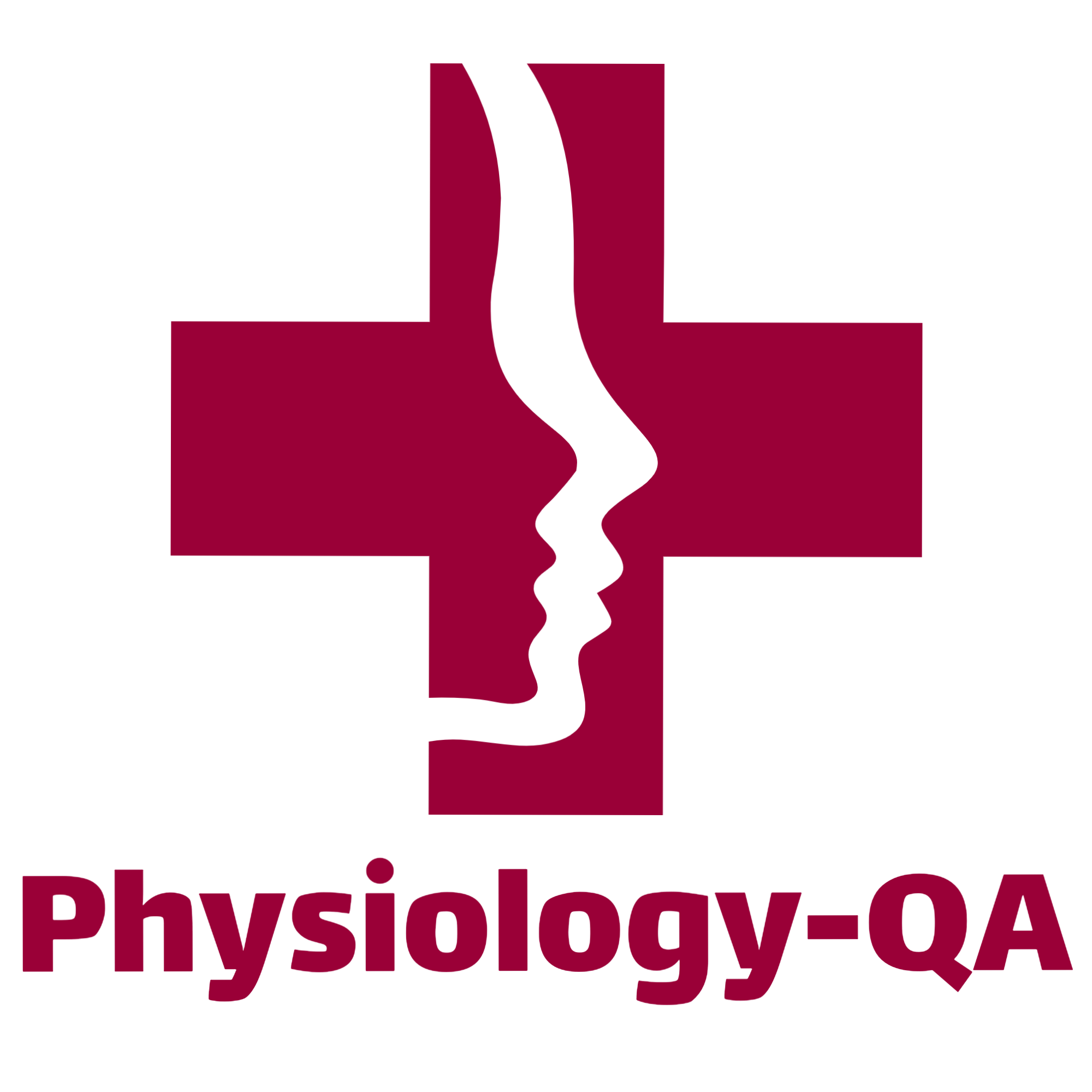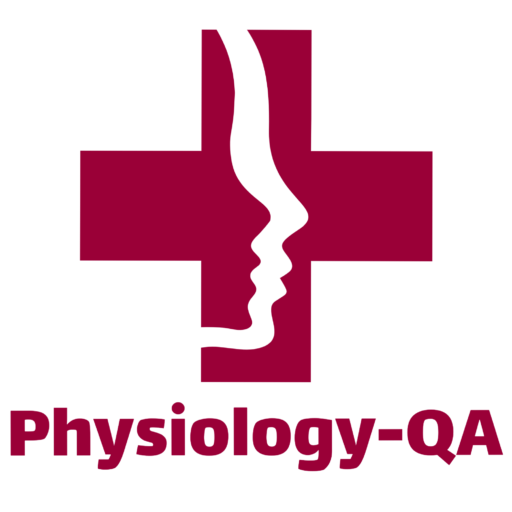Write short note on Functions of placenta
The placenta is an organ that develops in the uterus during pregnancy. It is attached to the wall of the uterus and the baby’s umbilical cord arises from it. The placenta has three main functions:
- To provide oxygen and nutrients to the fetus: The placenta allows the exchange of oxygen and nutrients between the mother’s blood and the fetus’s blood. This is done through a process called diffusion, which allows molecules to move from an area of high concentration to an area of low concentration.
- To remove waste products from the fetus: The placenta also removes waste products from the fetus’s blood. This is done through a process called active transport, which requires the use of energy.
- To produce hormones: The placenta also produces a number of hormones, including human chorionic gonadotropin (hCG), estrogen, and progesterone. These hormones are essential for maintaining pregnancy.
The placenta is a vital organ for the development and survival of the fetus. It is a complex organ that performs a number of essential functions. Without the placenta, pregnancy would not be possible.
some additional facts about the placenta:
- The placenta is a disc-shaped organ that is about 6-8 inches in diameter and 1-2 inches thick.
- The placenta is made up of two layers: the maternal layer and the fetal layer.
- The maternal layer is attached to the wall of the uterus.
- The fetal layer is attached to the umbilical cord.
- The placenta is covered in villi, which are finger-like projections that increase the surface area for the exchange of oxygen and nutrients.
- The placenta is fully developed by about 12 weeks of pregnancy.
- The placenta is expelled after childbirth.

